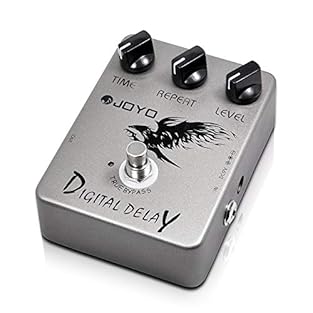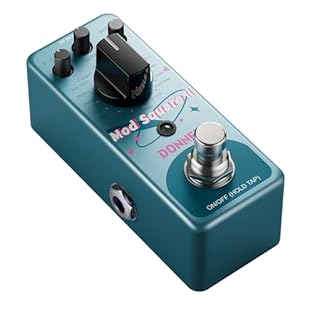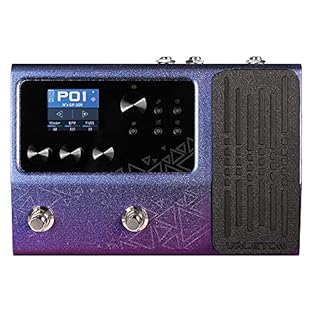Tasty Pedals made by GFI System
GFI System is a boutique pedal company based in Jakarta, Indonesia, recognized for its high-quality guitar effects pedals and advanced signal processing units. Founded by Henry Widjaja, GFI System has gained acclaim for its commitment to innovation, craftsmanship, and sonic excellence.
The company offers a diverse range of effects pedals, including modulation, delay, reverb, and overdrive pedals, each designed with meticulous attention to detail and utilizing cutting-edge technology. GFI System pedals are celebrated for their versatility, pristine sound quality, and intuitive user interface, making them a favorite among discerning musicians and recording engineers worldwide.
One of GFI System’s standout products is the Specular Tempus, a stereo delay and reverb pedal renowned for its studio-quality sound and extensive feature set. The Specular Tempus offers a wide range of delay and reverb algorithms, customizable parameters, and MIDI functionality, making it a powerful tool for ambient musicians, sound designers, and performing guitarists alike.
In addition to effects pedals, GFI System also produces advanced signal processing units, such as the Clockwork Delay and the Cabzeus Mono, which offer studio-grade effects and amp simulation in a compact and portable format.
With its dedication to innovation, quality, and sonic excellence, GFI System continues to be a respected name in the guitar effects industry, inspiring musicians to explore new sonic territories and push the boundaries of their creativity.
Just Pedal Ingredients.
Delay — A delay pedal records your signal and plays it back after a set time, creating echoes that can range from tight, slapback repeats to long, atmospheric trails. It’s one of the most versatile effects, used to thicken tones, add rhythmic depth, or build spacious, ambient layers. Analogue delays offer warm, decaying repeats that blend naturally with your tone, while digital units provide pristine echoes with precise control over time, feedback, and mix levels.
From classic rockabilly and tape-style echoes to modern looping and shimmer effects, delay pedals have become essential tools for shaping sound. They can make solos soar, rhythms pulse, or transform simple chord progressions into cinematic textures. Whether used subtly to add dimension or boldly to create soundscapes, a good delay pedal can completely redefine the feel and atmosphere of your music.. Dual. Engine. Pedal — Your pedal is like a signature dish for your sound — a flavour-packed creation that transforms the bland ingredients of your guitar into something unforgettable. Each one adds its own seasoning, texture, and heat, turning a simple meal into a feast of tone.
These tasty little boxes sit in a row, like plates on a buffet, letting you mix and match flavours as you play. With one tap of your foot, you can swap sweet for spicy, subtle for smoky, and serve up something completely new. From the comfort food of warm overdrive to the fiery kick of fuzz, from smooth jazz sauce to heavy-metal spice, pedals give players a full menu of options to express their taste. And just like with food — once you’ve tried one dish, you’ll want to sample them all.
Collecting, trading, and discovering new flavours soon becomes part of the joy of being a tone-loving gourmet geek with a guitar.. Reverb — A reverb pedal is like the rich sauce that ties every flavour on the plate into one smooth experience. It adds depth, warmth, and atmosphere — the sonic equivalent of a perfectly reduced glaze that lingers on the tongue. Whether you’re after the subtle ambience of a cosy café (spring or plate reverb) or the grand echoes of a cathedral (hall or shimmer reverb), this is where your tone breathes and expands. A touch of reverb can turn a dry sound into something lush and inviting — but pour on too much, and it’s all you can taste. Used with finesse, it’s the finishing touch that transforms your tone from plain to unforgettable.. System.
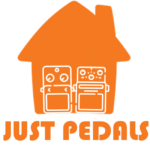
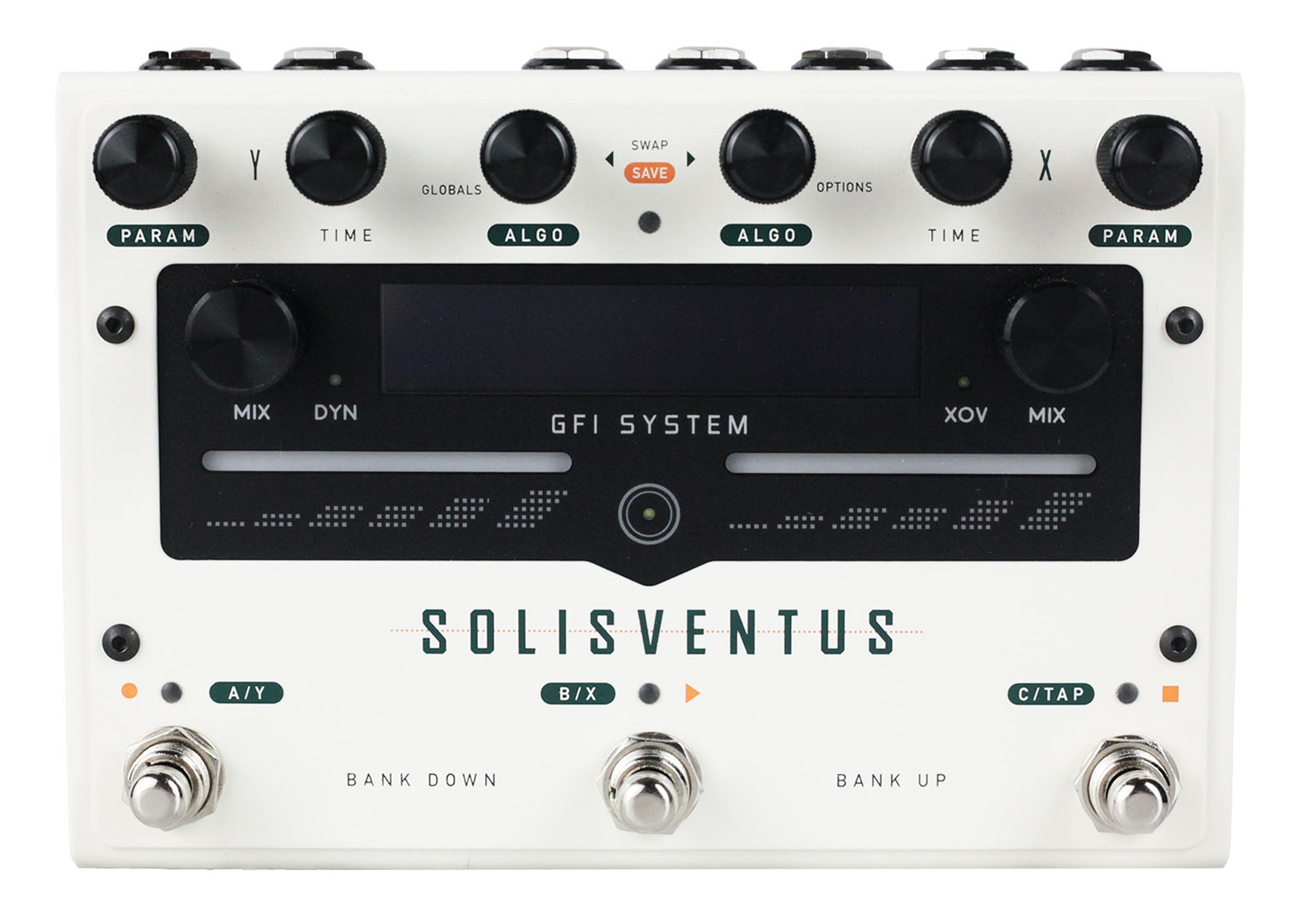
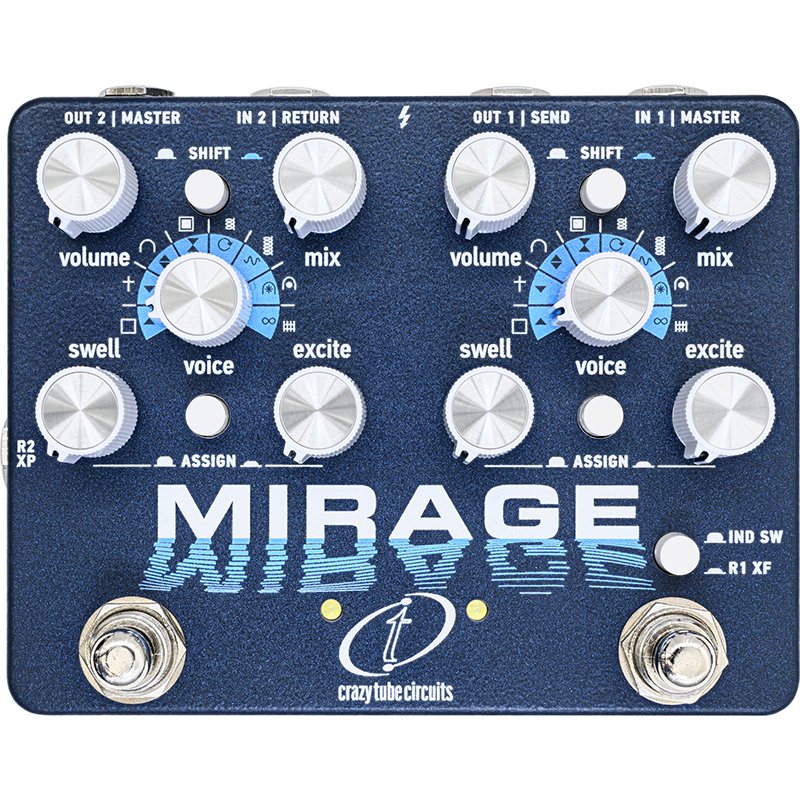
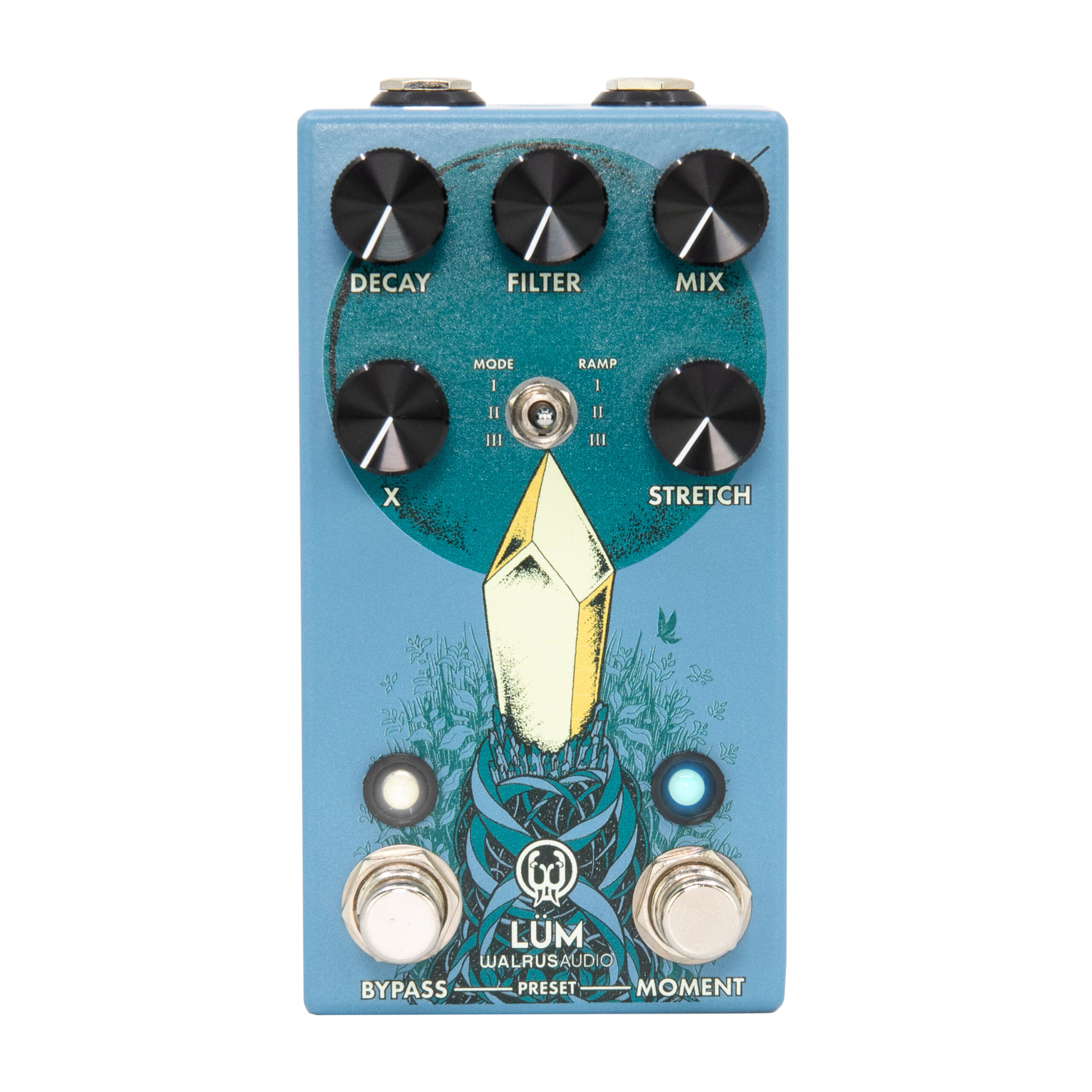
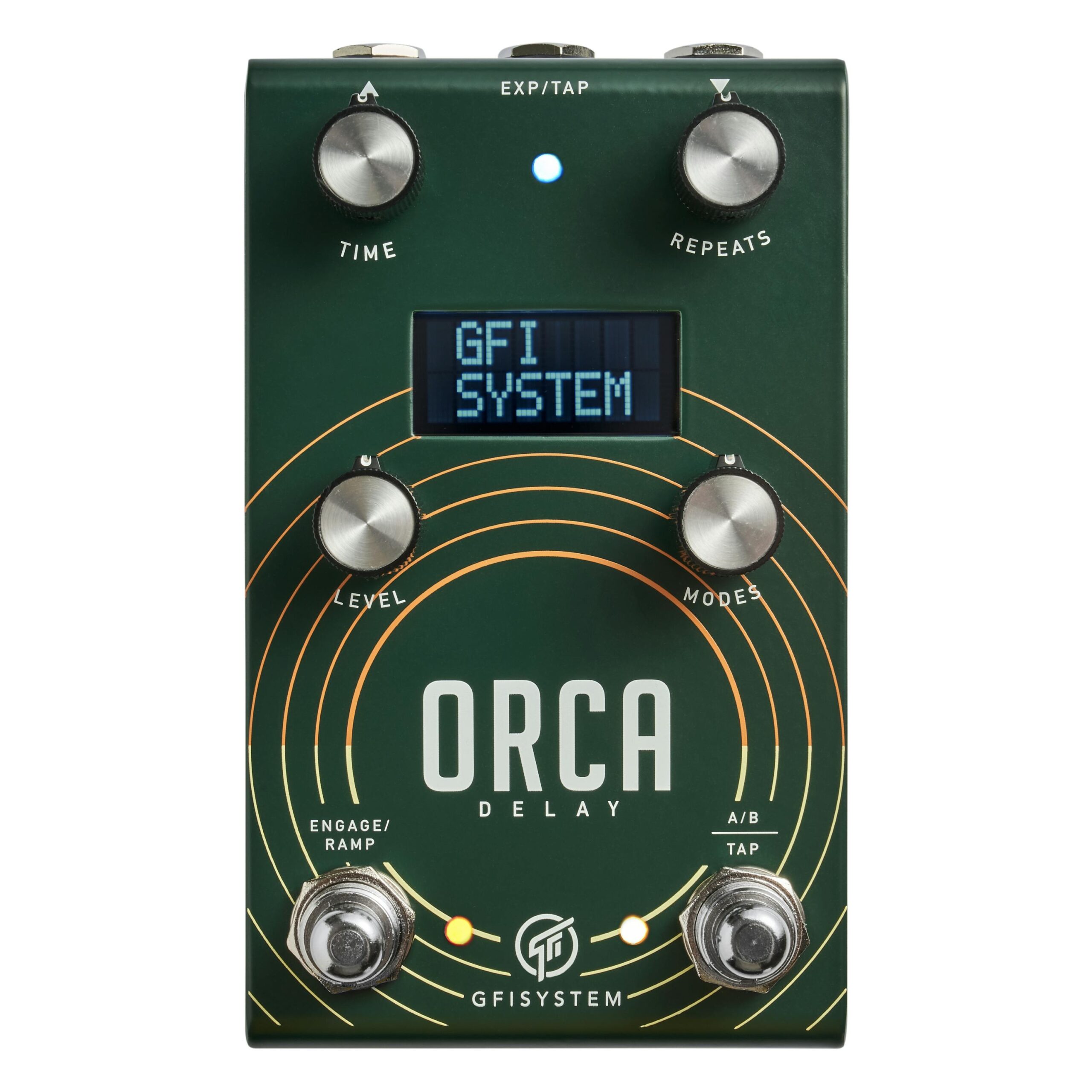
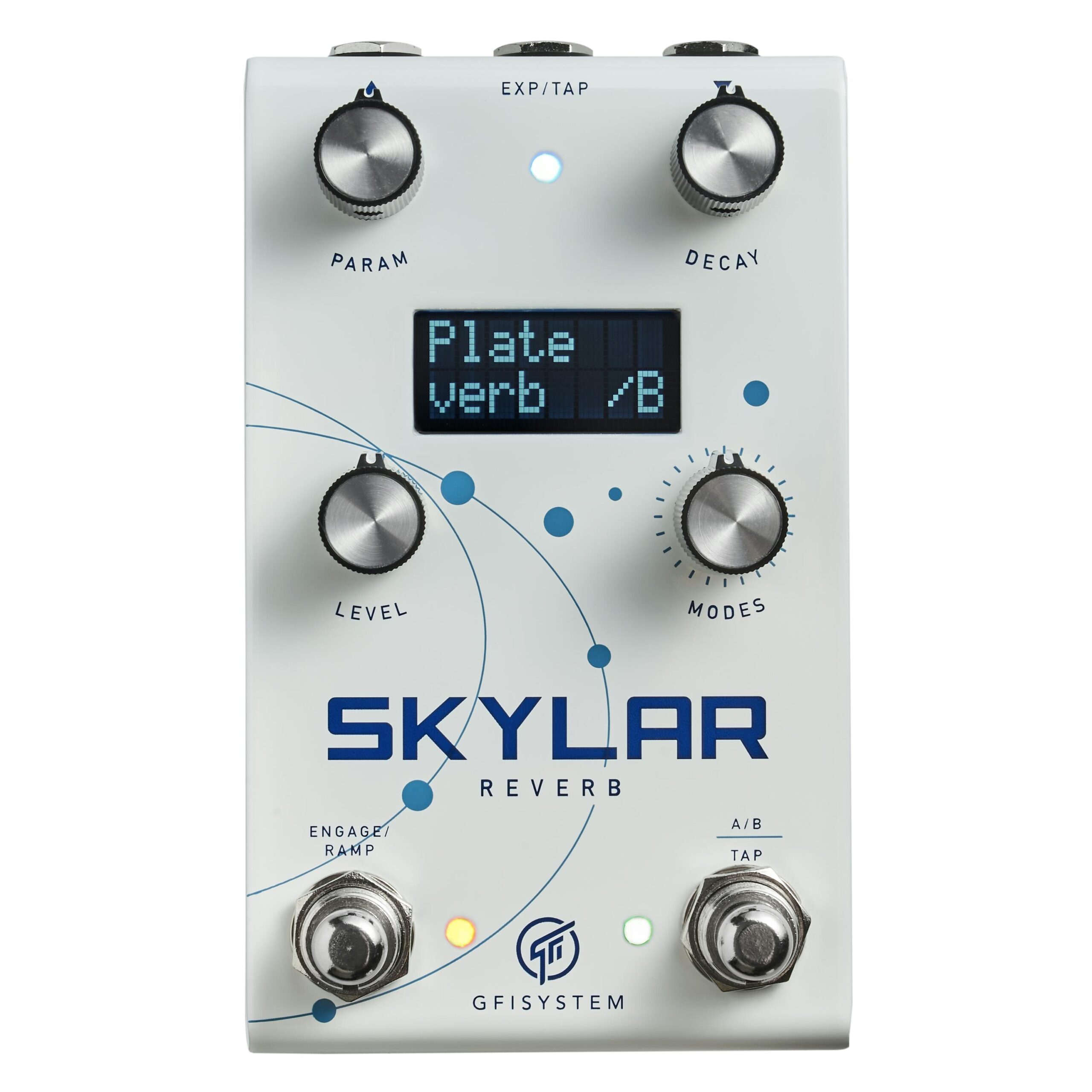

![[7 Delay Modes] 7 delay effects including digital, analog, tape, mod, sweep, lofi and reverse. [3 Knobs] MIX is used to control the dry/effect signal ratio. TIME is used to control the delay time from 20ms ~ 838ms. F.BACK is used to control the feedb...](https://m.media-amazon.com/images/I/41EUFdvIhyL._SL313_.jpg)
